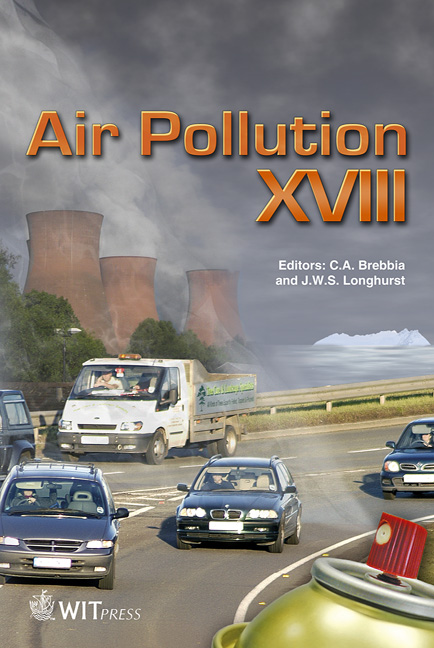Identification Of Redundant Sensors In An Air Pollution Network Using Cluster Analysis And SOM
Price
Free (open access)
Transaction
Volume
136
Pages
8
Page Range
359 - 366
Published
2010
Size
713 kb
Paper DOI
10.2495/AIR100321
Copyright
WIT Press
Author(s)
G. Ibarra-Berastegi, J. Sáenz, A. Ezcurra, U. Ganzedo, A. Elias, A. Barona & A. Barinaga
Abstract
An air pollution network monitors – among others – the sulfur dioxide (SO2) levels at 4 locations in Bilbao city (Spain) and surroundings. The main objective of this work was to develop a practical methodology to identify redundant sensors and evaluate the network’s capability to correctly represent SO2 fields throughout the whole area. The methodology is developed and tested at this particular location, but it is general enough to be useable at other places as well, since it is not tied neither to the particular geographical characteristics of the place nor to the phenomenology of the air quality over the area. To that purpose, the combination of two different techniques has been used: Self-Organizing Maps (SOM) and cluster analysis (CA). The results show that both techniques yield the same results, but the information obtained via SOM can be helpful not only for that purpose but also to throw light on the major mechanisms involved. This might be used in future network optimization stages. The main advantage of CA and SOM is that they provide readily interpretable results. Keywords: sulfur dioxide, air quality network, cluster analysis, Self-Organizing Maps, spatial variability, Bilbao, fluid mechanics, applied physics, chemical engineering.
Keywords
sulfur dioxide, air quality network, cluster analysis, Self-Organizing Maps, spatial variability, Bilbao, fluid mechanics, applied physics, chemical engineering





